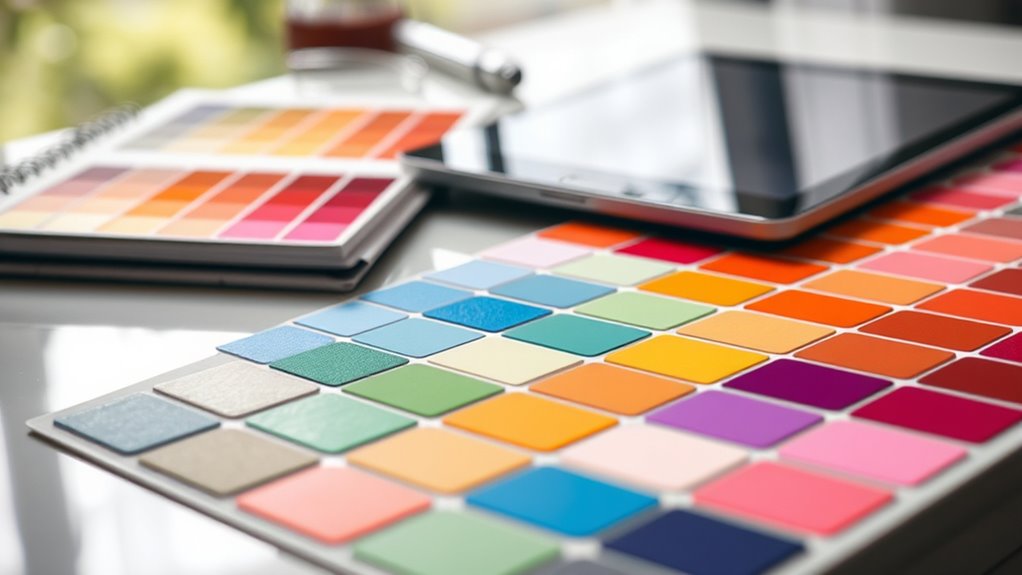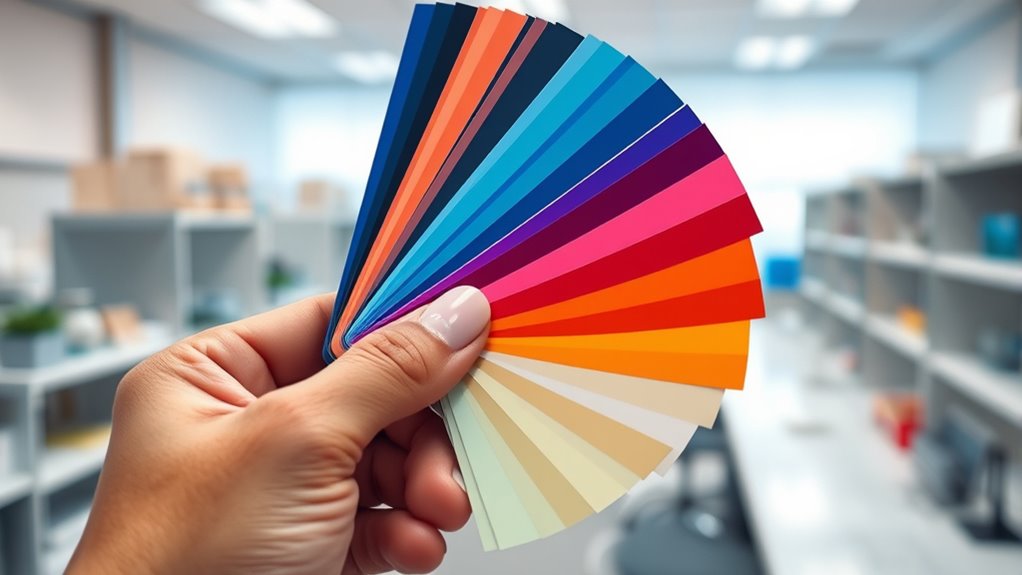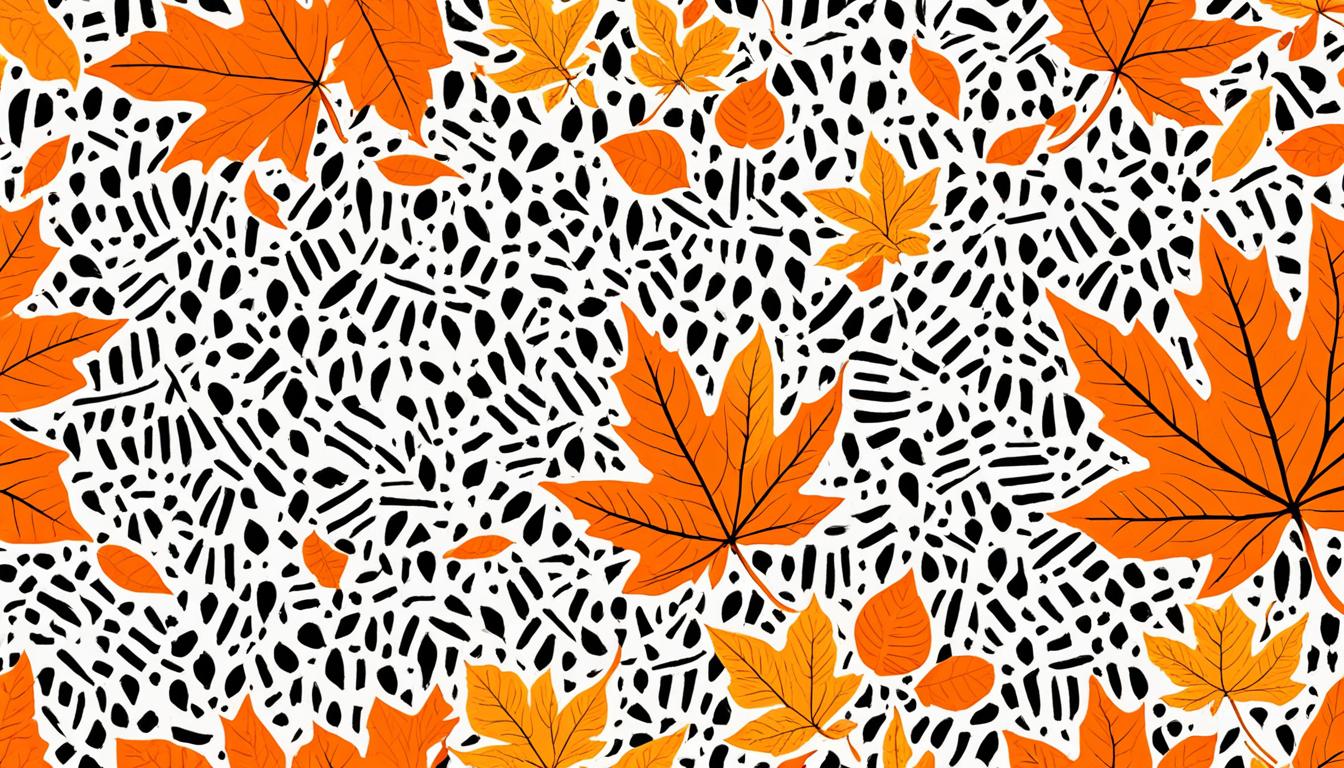Color personality tests are not scientifically valid. They lack rigorous validation and often rely on superficial associations rather than genuine traits. Studies show their correlations with personality are weak and inconsistent across different groups. Factors like culture and mood influence color choices, making them unreliable indicators of your true personality. These tests tend to produce vague results and do not meet standard scientific criteria. If you’re curious about the real science behind personality assessment, keep exploring further.
Key Takeaways
- Most color personality tests lack rigorous scientific validation and peer-reviewed research supporting their accuracy.
- Studies show weak or inconsistent correlations between color preferences and specific personality traits.
- External factors like culture, mood, and recent experiences heavily influence color choices, reducing their reliability as personality indicators.
- Many tests do not adhere to scientific standards, lacking replication and validation procedures necessary for credibility.
- Overall, color personality tests tend to produce vague or stereotypical results, making them unreliable and not scientifically supported.

Color personality tests are popular tools for gaining insights into individual traits, but their validity remains a topic of debate. Many people use these tests to better understand themselves or others, assuming that the colors they choose or associate with reveal deep psychological truths. However, when you look at the scientific foundation behind these assessments, the picture becomes less clear. Psychological research has scrutinized many personality assessment tools to determine whether they truly measure what they claim to or if they simply reflect superficial associations.
Color personality tests lack solid scientific validation and often reflect superficial associations rather than true traits.
In the case of color personality tests, researchers often rely on statistical analysis to evaluate their validity. This involves examining large sets of data to see if the test results consistently predict real-world behaviors or psychological traits. Unfortunately, many studies show mixed or weak correlations between the colors selected and established personality dimensions like extraversion, openness, or neuroticism. For example, a person might be labeled as “creative” because they favor the color yellow, but statistical analysis reveals that such associations are often weak and inconsistent across different populations. This suggests that the link between color preference and personality traits may be more coincidental than scientifically grounded.
Psychological research indicates that people’s color choices can be influenced by various factors unrelated to personality, such as cultural background, current mood, or even recent experiences. When you consider these variables, it becomes clear that a simple color selection might not be a reliable indicator of your inner traits. *Furthermore*, many of these tests lack the rigorous validation procedures that are standard in psychological assessment, like extensive peer review or replication studies. Without such validation, it’s difficult to trust their claims of scientific accuracy. Additionally, understanding how psychological assessments are developed and validated helps to highlight the gaps in these color tests’ scientific foundation.
Statistical analysis plays a critical role in determining whether a personality test has any real predictive power. For color personality tests, the results often fail to hold up under rigorous statistical scrutiny. The small effect sizes, inconsistent findings, and lack of replication mean that these tests often fall short of scientific standards. Instead of providing meaningful insights, they tend to offer vague or stereotypical descriptions that could apply to almost anyone.
Frequently Asked Questions
Can Color Personality Tests Predict Future Behavior Accurately?
Color personality tests can’t predict your future behavior accurately because they rely on color perception and emotional associations rather than concrete evidence. While certain colors may evoke specific feelings or traits, your actions are influenced by many complex factors beyond color symbolism. So, don’t depend on these tests for predicting what you’ll do next; they’re more about understanding current perceptions and emotional responses.
Are There Cultural Differences Affecting Color Personality Test Results?
Like traveling through a vibrant, diverse marketplace, you discover that cultural interpretations shape how color personality tests are understood across different societies. These variations can influence results, making cross-cultural validity a challenge. While colors may carry universal meanings, their significance often shifts with cultural context. So, when interpreting test results, you must consider these cultural differences, recognizing that perceptions of color are deeply rooted in cultural narratives and experiences.
How Do Color Personality Tests Compare to Other Psychological Assessments?
You find that color personality tests are less precise than other psychological assessments because they rely heavily on subjectivity bias and cultural influence. Unlike standardized tests, colors can evoke different meanings across cultures, affecting results. While quick and engaging, these tests don’t provide the scientific rigor of tools like IQ or personality inventories. So, use them cautiously, understanding their limitations in accurately reflecting your personality traits.
Do Color Personality Tests Have Applications in Workplace Hiring?
Imagine walking into a room where colors reveal hidden traits—you might wonder if color associations truly help in hiring. While some employers use color personality tests, their psychological validity is debated. These tests can offer quick insights, but they shouldn’t replace thorough evaluations. Relying solely on them risks overlooking candidates’ true abilities, so use them cautiously and alongside other proven tools for a balanced hiring process.
Are Color Personality Tests Reliable for Individual Diagnosis?
Color personality tests are not reliable for individual diagnosis due to subjectivity concerns and limited scientific validity. You might find them engaging, but they lack the rigorous evidence needed to accurately assess personality traits. Relying on them could lead to misinterpretations or oversimplifications. For meaningful insights, it’s better to consult validated psychological assessments conducted by professionals, ensuring your understanding is based on solid, objective data rather than subjective impressions.
Conclusion
While color personality tests can be fun and fascinating, their scientific validity remains shaky. You shouldn’t solely rely on these colorful clues to define your personality or decisions. Instead, approach them as amusing mirrors rather than meaningful markers. Remember, skepticism and skepticism keep you savvy, so stay cautious and curious. Ultimately, understanding yourself is a serious journey, not a playful palette. Trust in truth, not in colorful fictions, for a clearer, more confident comprehension of who you truly are.
Felicity, our Author, pens in-depth articles and guides that delve into the heart of personal discovery. Her narrative-driven approach weaves together theory, practice, and personal anecdotes, making the journey of self-exploration both relatable and inspiring. Felicity’s contributions help illuminate the path for those seeking a deeper understanding of themselves and their relationships.










